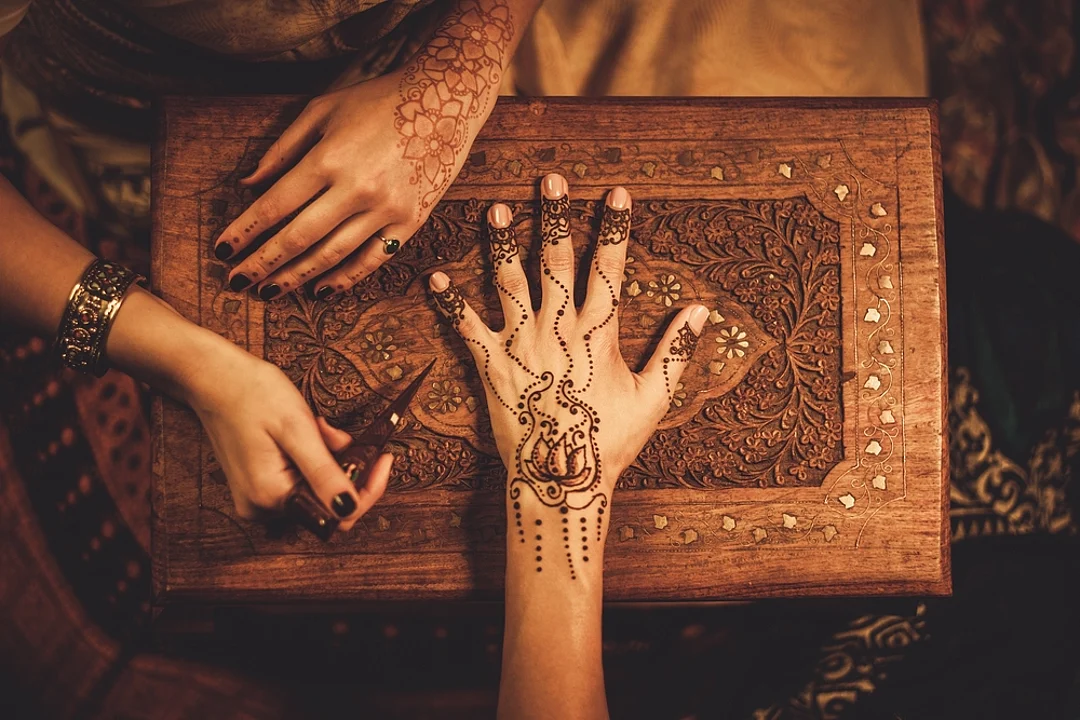The deep-brown designs covering the hands of women add to the flare of dressing up during any festival celebrated in the subcontinent. Even during Eid, when the finest clothes in delicious colours are taken out from the unreachable shelves to be worn, ornate henna-covered palms complete the look. However, the tradition of applying henna or mehndi on Eid hasn't been borrowed recently. Instead, it's been deeply rooted in the Muslim culture and has a history that can be traced back centuries ago. While henna is commonly perceived as initially native to the subcontinent, it finds its root in Egypt. Moreover, apart from South Asia, henna's earthy scent and deep colour have lingered in regions such as Africa and the Middle East for more than 5000 years.
Heritage
Eid al-Fitr 2024: All About Henna's Spiritual Significance
Henna's deep colour finds its traces across South Asia, Africa and the Middle East, with a history dating over 5000 years ago

Applying henna holds social and spiritual significance
Photo: Shutterstock.com
Applying henna holds social and spiritual significance
Photo: Shutterstock.com




